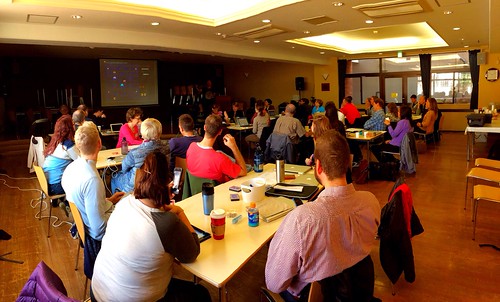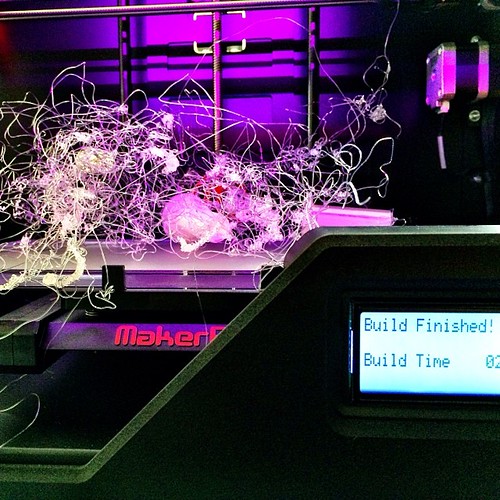Despite how long it took me to write my first post about this process, I’ve actually been thinking about my design thinking goal quite a bit since late October when we signed up. While I still like the idea of using the design thinking process to help teachers develop practical and useful technology-related goals for the year, I’m feeling like I might want to explore how the process works a little bit more with students before moving on to the teachers.
Luckily, in a some very convenient, and perfectly-timed professional coincidences, a few things have happened in the last few weeks that may give me some great opportunities to do just that:
Design Thinking & Games

On November 9 – 10, we hosted an EARCOS Weekend Workshop (as part of the YIS COETAIL cohort, Course 4) with Adrian Camm just a few weeks ago. His focus was game based learning and interactive fiction, and as we were creating our very own choose your own adventure game with text adventures, I realized that this was yet another opportunity to bring design thinking into my classroom.
My students are always asking about creating games, and the student tech team in particular really likes to test out new ideas to see how they work. So, I’m thinking it would be fun for them to develop an idea for a text based game using the design thinking process. Adrian also showed us Twine, another tool to make non-linear text-based games, so they could have multiple options for creating the game as well.
I’m imagining that we could start the design thinking process with just the idea of creating a text based game, and then select the appropriate tool based on our needs.
Design Thinking & 3D Printing
 Right after our workshop with Adrian, our very first 3D printer arrived at YIS. We have a makerbot and the kids (and especially Clint) are super excited about it. They’ve been watching Clint print up all sorts of fun things for about a week and they’re so ready to start creating their own objects. Again, I’m thinking the student tech team can give this a try, and that it might be really interesting to think about what problems we can solve by designing and printing some sort of 3D object.
Right after our workshop with Adrian, our very first 3D printer arrived at YIS. We have a makerbot and the kids (and especially Clint) are super excited about it. They’ve been watching Clint print up all sorts of fun things for about a week and they’re so ready to start creating their own objects. Again, I’m thinking the student tech team can give this a try, and that it might be really interesting to think about what problems we can solve by designing and printing some sort of 3D object.
One of my office-mates, Aaron (our database manager) designed a small cable wrapping device for his iPhone charger that perfectly fits the length of cable and keeps it neat and tidy. This makes me wonder if our students could use something similar – maybe for their laptop charges, since they often carry them in their bags back and forth to school. This would be a great opportunity for our students to solve an authentic problem and maybe raise some money for the student tech team.
Design Thinking & Robotics
Also new this year, we have a set of 20 Lego Mindstorms kits to explore with. To get us started, Clint and our Math HoD, David, are leading an after school club to explore how the kits work and what we can do with them. We’re hoping that, as we become more familiar with what they can do, we can bring them into the curriculum, rather than just an after school activity. Although Clint and David are taking the lead on this, it could be a good opportunity to look at various aspects of our curriculum with a Design Thinking lens to see where we can make use of these new devices. This could also be a great way to transition from thinking about the process with students, to bringing it to teachers.
Getting Started
After writing all of these ideas down, I realize that I need a bit more of an understanding of exactly what Design Thinking is. We’re starting to build a great list of resources in our Google+ community, and I really enjoyed Maggie Hos-McGrane’s Learning2Talk at Learning 2.013 which gave a great overview of the process, but I think I need to go through it myself to really understand how to implement with students….
We have a team meeting coming up soon where we will do just that! Stay tuned for the next installment!
Images:




